Home>Garden Essentials>When To Plant Purple Coneflower Seeds
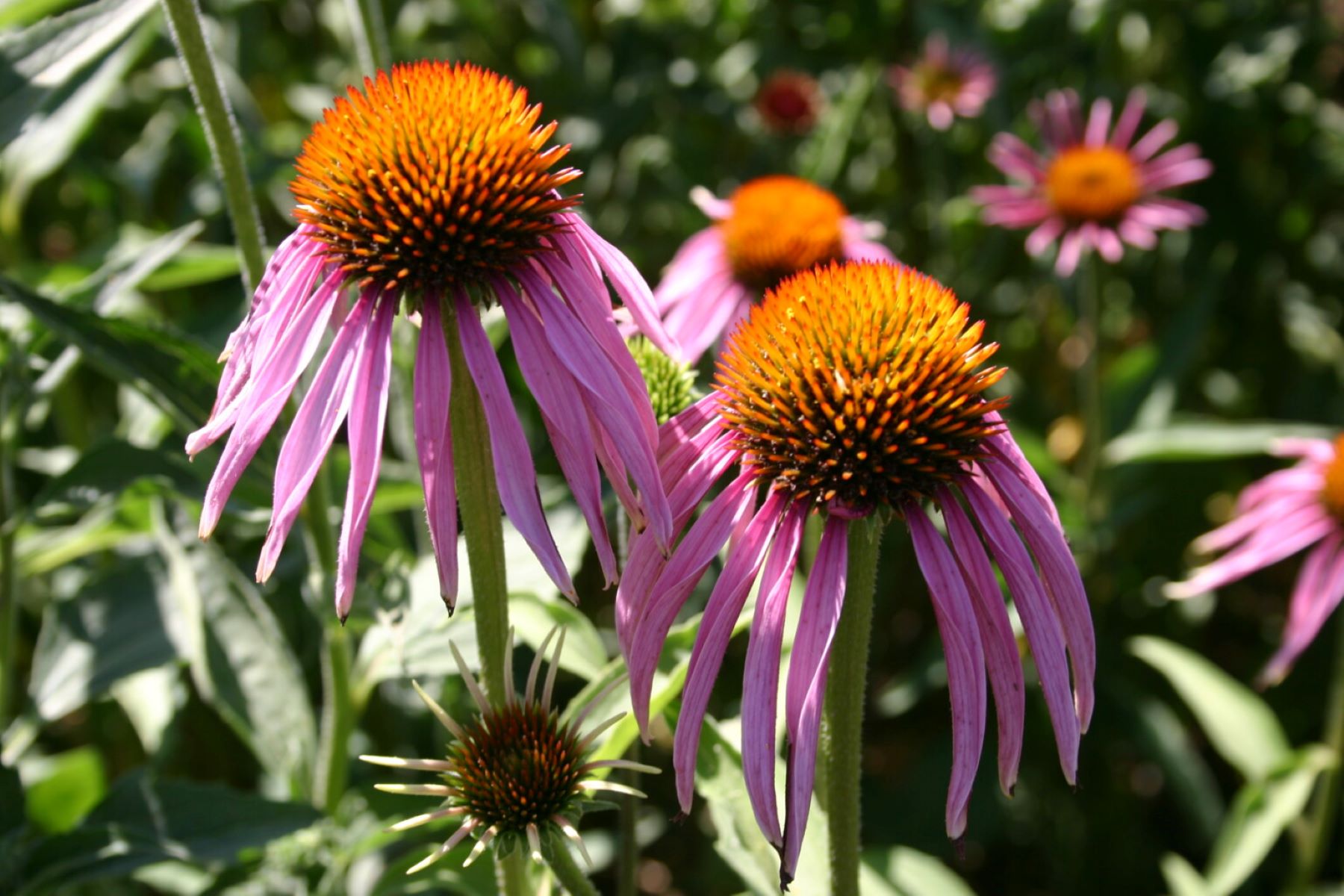

Garden Essentials
When To Plant Purple Coneflower Seeds
Modified: March 16, 2024
Discover the best time to plant purple coneflower seeds in your garden and enjoy beautiful blooms all season long.
(Many of the links in this article redirect to a specific reviewed product. Your purchase of these products through affiliate links helps to generate commission for Storables.com, at no extra cost. Learn more)
Introduction
Welcome to the wonderful world of gardening! If you’re passionate about creating a vibrant and beautiful garden, then you’ve come to the right place. In this article, we will dive deep into the enchanting realm of purple coneflower seeds and explore everything you need to know to successfully plant and care for these stunning plants.
The purple coneflower, scientifically known as Echinacea purpurea, is a popular choice among garden enthusiasts due to its vibrant purple petals and unique cone-shaped center. Not only does this native North American plant add a splash of color to any garden, but it also attracts butterflies, bees, and other pollinators, making it a valuable addition to any pollinator-friendly garden.
Before we delve into the specifics of planting purple coneflower seeds, let’s first understand the nature and requirements of these fascinating plants.
Key Takeaways:
- Plant purple coneflower seeds in spring after frost or in fall for natural stratification. Consider factors like sunlight, soil quality, and spacing for successful growth in your garden.
- Care for purple coneflowers by watering, mulching, and deadheading. Address common issues like powdery mildew and aphids to ensure healthy, vibrant plants in your garden.
Read more: How Deep To Plant Coneflower Seeds
Understanding Purple Coneflower Seeds
Purple coneflower seeds are the starting point for growing these magnificent plants. They are small, oval-shaped seeds that contain all the genetic information necessary to develop into mature plants. Understanding the characteristics and requirements of purple coneflower seeds is crucial for successful germination and growth.
Here are some key points to consider:
- Purity: When purchasing purple coneflower seeds, ensure that you are getting pure Echinacea purpurea seeds. This will guarantee that the plants will exhibit the desired characteristics of the species.
- Germination Rate: The germination rate refers to the percentage of seeds that will successfully sprout and develop into plants. Purple coneflower seeds typically have a high germination rate, making them relatively easy to grow.
- Viability: Purple coneflower seeds have a varying viability period, which is the length of time they can remain viable and capable of germination. It is best to use fresh seeds for optimal results.
- Storage: If you have leftover purple coneflower seeds, store them in a cool, dry place in a tightly sealed container to maintain their viability for future use.
Now that we have a better understanding of purple coneflower seeds, let’s explore the factors you should consider before planting them.
Factors to Consider Before Planting
Before you start planting purple coneflower seeds, there are several important factors to consider. Taking these factors into account will help ensure the success and health of your plants.
Here are the key factors to consider:
- Location: Purple coneflowers prefer a sunny location with well-draining soil. Choose a spot in your garden that receives at least 6-8 hours of direct sunlight per day.
- Soil Quality: Purple coneflowers thrive in well-drained soil that is rich in organic matter. Ensure that your soil has good drainage and amend it with compost or well-rotted manure to improve its fertility.
- Watering: While purple coneflowers are drought-tolerant, they still require regular watering, especially during dry spells. Water the plants deeply once or twice a week, allowing the soil to dry out between waterings.
- Spacing: Purple coneflowers should be spaced about 18-24 inches apart to allow for proper air circulation and growth. This will help prevent diseases and ensure each plant has adequate space to flourish.
- Companion Plants: Consider planting purple coneflowers alongside companion plants that complement their colors and growth habits. Some popular companions include black-eyed Susans, bee balm, and Russian sage.
- Climate: Purple coneflowers are adaptable to a wide range of climates but generally thrive in USDA hardiness zones 3-9. Check your climate zone to ensure that it is suitable for growing purple coneflowers.
- Pest and Disease Resistance: Purple coneflowers are generally resistant to pests and diseases. However, they can still be susceptible to issues such as powdery mildew or aphids. Monitor your plants regularly and take appropriate measures if any issues arise.
Considering these factors will lay a solid foundation for your purple coneflower garden. Now, let’s determine the ideal time to plant your purple coneflower seeds.
Best Time to Plant Purple Coneflower Seeds
The timing of planting purple coneflower seeds plays a crucial role in their successful establishment and growth. It is important to choose the right time to ensure optimal conditions for germination and robust plant development.
Here are some guidelines to help you determine the best time to plant purple coneflower seeds:
Spring Planting:
The most common and recommended time to plant purple coneflower seeds is in the spring, after the danger of frost has passed. This allows the seeds to take advantage of the warm soil and longer daylight hours, promoting faster germination and vigorous growth.
For spring planting, it is advisable to start the seeds indoors about 6-8 weeks before the last frost date in your area. This will give the young seedlings a head start before they are transplanted outdoors.
Fall Planting:
Alternatively, you can also choose to sow purple coneflower seeds in the fall. This method is known as “fall planting” or “direct sowing.” Sowing seeds in the fall allows them to undergo a period of natural stratification, where they experience exposure to cold temperatures that break down dormancy and enhance germination.
If you opt for fall planting, make sure to sow the seeds at least 8-10 weeks before the first expected frost. This will allow the young plants to establish their root systems before the onset of winter.
Regional Variations:
It is important to note that the ideal planting time may vary depending on your specific region and climate. Consult your local agricultural extension office or a reputable gardening resource for guidance on the best time to plant purple coneflower seeds in your area.
By carefully considering the time of planting, you can give your purple coneflowers the best chance for healthy growth and abundant blooms.
Now that we know when to plant purple coneflower seeds, let’s move on to the actual process of planting them.
Planting Purple Coneflower Seeds
Planting purple coneflower seeds is a simple and rewarding process that can be done either indoors or directly in the garden. Here is a step-by-step guide to help you successfully plant your purple coneflower seeds:
- Prepare the Soil: Choose a location in your garden that receives full sun and has well-drained soil. Remove any weeds or debris from the area and loosen the soil with a garden fork or tiller.
- Indoor Planting (Optional): If you prefer to start your seeds indoors, fill seed trays or pots with a good-quality seed starting mix. Moisten the mix and sow the purple coneflower seeds on the surface, gently pressing them into the soil. Cover the seeds lightly with a thin layer of soil.
- Direct Sowing: Alternatively, you can sow the purple coneflower seeds directly in the garden. Make small holes in the soil, about 1/4 inch deep, and place a seed in each hole. Space the holes according to the recommended spacing for purple coneflowers.
- Watering: After planting the seeds, water the area gently but thoroughly. Keep the soil slightly moist throughout the germination process, which usually takes around 10-14 days.
- Thinning and Transplanting: If you started your seeds indoors, thin out the weaker seedlings once they have developed a few sets of leaves. Transplant the healthiest seedlings into individual pots, allowing them to grow stronger before moving them to the garden.
- Garden Care: In the garden, ensure that the young plants receive adequate water and are protected from extreme weather conditions. Mulching around the plants can help conserve moisture and suppress weed growth.
- Pinching and Pruning: As the purple coneflowers grow, you can pinch back the tips of the plants to encourage bushier growth and more abundant flowering. Additionally, remove any dead or faded flowers to promote continuous blooming.
Remember to label your plants or keep a garden journal to help you keep track of the planting location and variety.
With proper care and attention, your purple coneflower seeds will sprout and develop into beautiful and resilient plants. In the next section, we will discuss the essential care tips for ensuring the health and vitality of your purple coneflower plants.
Plant purple coneflower seeds in the spring after the last frost date for your area. Choose a sunny spot with well-drained soil, and sow the seeds directly into the ground or in containers. Keep the soil moist until the seeds germinate.
Read more: When To Plant Purple Fountain Grass
Caring for Purple Coneflower Plants
Once your purple coneflower plants are established, it’s important to provide them with proper care to ensure their health and longevity. Here are some essential tips for caring for your purple coneflowers:
- Watering: While purple coneflowers are drought-tolerant, regular watering is still necessary, especially during dry spells. Water deeply once or twice a week, allowing the soil to dry out between waterings. Avoid overwatering, as this can lead to root rot.
- Fertilization: Purple coneflowers generally do well without excessive fertilization. However, you can give them a boost in early spring by applying a balanced slow-release fertilizer or a compost tea. Be careful not to over-fertilize, as this can cause weak and leggy growth.
- Mulching: Applying a layer of organic mulch around the base of the plants helps conserve moisture, prevent weeds, and regulate soil temperature. Use a thin layer of mulch, being careful not to mound it against the stems, as this can lead to rotting.
- Support: As the plants grow taller, some varieties of purple coneflowers may benefit from staking or providing support to prevent them from flopping over. Use bamboo stakes or discreet supports to keep the plants upright.
- Deadheading: To encourage prolonged blooming and tidy appearance, regularly remove faded flowers by deadheading. This will redirect the plant’s energy towards producing new blooms rather than seed production.
- Renewal Pruning: Every few years, purple coneflowers can become crowded or develop weaker growth. In early spring, consider dividing and replanting the clumps to rejuvenate the plants and maintain their vigor.
- Pest and Disease Control: Purple coneflowers are generally resistant to pests and diseases. However, some common issues include powdery mildew and aphids. Monitor your plants regularly and take necessary actions such as applying organic fungicides or using insecticidal soaps if any problems arise.
By following these care guidelines, you can ensure that your purple coneflower plants remain healthy, vibrant, and full of life. In the next section, we will address some common problems that you may encounter and provide effective solutions for them.
Common Problems and Solutions
While purple coneflowers are generally hardy and resistant to many pests and diseases, they can occasionally encounter some issues. Here are some common problems you might encounter with your purple coneflower plants and the corresponding solutions:
- Powdery Mildew: One common issue is powdery mildew, which appears as a white, powdery coating on the leaves. To prevent this fungal disease, ensure that your plants have good air circulation and avoid overhead watering. If powdery mildew does occur, treat it with organic fungicides or a mixture of baking soda and water.
- Aphids: Aphids are small sucking insects that can infest purple coneflower plants, causing distortion and discoloration of leaves. Control aphids by spraying the plants with a strong jet of water or by using insecticidal soap or neem oil. Ladybugs and lacewings are natural predators of aphids and can also help control their population.
- Root Rot: Excessive moisture or poor drainage can lead to root rot in purple coneflower plants. To prevent this, make sure the soil is well-drained and avoid overwatering. If root rot occurs, carefully dig up the affected plants, remove any rotting roots, and replant them in fresh, well-drained soil.
- Deer and Rabbits: Purple coneflowers are often a target for deer and rabbits, who find their foliage and flowers quite appetizing. Protect your plants by installing fencing or using repellents that are specifically designed to deter these animals.
- Lack of Blooms: If your purple coneflower plants are not producing many blooms, it may be due to inadequate sunlight or overcrowding. Make sure the plants are receiving at least 6-8 hours of direct sunlight per day and consider dividing and replanting crowded clumps to encourage better flowering.
By promptly addressing these common problems and implementing the necessary solutions, you can ensure the health and vitality of your purple coneflower plants. In the next section, we will explore the process of harvesting and propagating purple coneflowers.
Harvesting and Propagating Purple Coneflowers
Harvesting and propagating purple coneflowers allow you to enjoy their beauty and expand your garden without the need to purchase new plants. Here are the steps you can follow:
Harvesting Seeds:
The first step in propagating purple coneflowers is to harvest the seeds. Wait until the flower heads have dried on the plant. The cones in the center will turn brown and feel papery to the touch. Cut the flower heads off and place them in a paper bag or envelope to continue drying in a cool, dry location. After a few weeks, the seeds will loosen and can be easily extracted by gently rubbing the cones.
Propagating from Seeds:
Once you have harvested the seeds, you can sow them to grow new purple coneflower plants. Follow these steps:
- Cold Stratification (Optional): Purple coneflower seeds can benefit from a period of cold stratification, which mimics the natural winter conditions they would experience in the wild. Place the seeds in a plastic bag with moistened perlite or vermiculite and refrigerate them for 4-6 weeks before sowing.
- Sowing Seeds: Prepare a seed tray or containers filled with moistened seed starting mix. Sow the purple coneflower seeds on the surface, gently pressing them into the soil. Lightly cover the seeds with a thin layer of soil or vermiculite.
- Germination and Care: Place the seed tray or container in a warm location with indirect sunlight. Keep the soil evenly moist but not waterlogged. The seeds will typically germinate within 10-14 days. Once the seedlings develop a few sets of true leaves, you can transplant them into individual pots or into the garden.
- Transplanting: When the young purple coneflower plants have grown 4-6 inches tall and the risk of frost has passed, you can transplant them into your garden. Choose a sunny location with well-drained soil and follow the same planting guidelines as mentioned earlier.
Dividing Clumps:
In addition to growing purple coneflowers from seeds, you can also propagate them by dividing clumps. This is typically done in early spring or fall, when the plants are dormant. Dig up the clump and carefully separate the crowns with a sharp knife or garden spade. Replant the divisions in prepared soil and provide them with the proper care.
By harvesting seeds and dividing clumps, you can expand your purple coneflower collection and share the beauty of these plants with others.
As we conclude our journey into the world of purple coneflowers, we hope that you have gained valuable insights and feel empowered to grow and care for these stunning plants. With a little time, effort, and nurturing, your garden will be filled with the enchanting beauty and vibrant colors of purple coneflowers.
Final Thoughts
Congratulations on discovering the wonders of purple coneflowers! These captivating plants bring not only beauty but also a sense of life and vibrancy to any garden. By understanding the nature of purple coneflower seeds, considering important factors before planting, and providing proper care, you can have a thriving purple coneflower garden that will be a source of joy and fascination.
Whether you choose to start your purple coneflowers from seeds or propagate them through division, the journey of growing these plants is filled with excitement and rewards. From the moment you plant the seeds or divide the clumps, to the first bloom and beyond, each step will fill you with a sense of accomplishment and wonder.
Remember to give your purple coneflowers the love and care they deserve. Provide them with the right amount of sunlight, well-drained soil, and regular watering. Be on the lookout for any pests or diseases and take necessary actions to keep your plants healthy. Don’t forget to deadhead the flowers to encourage continuous blooming and divide the clumps to prevent overcrowding. With diligence and attention, your purple coneflowers will thrive, attracting pollinators and creating a picturesque display.
As you embark on your journey with purple coneflowers, don’t be afraid to experiment and let your creativity flow. Combine them with other colorful plants to create beautiful and harmonious displays. Share your experiences and knowledge with fellow gardeners, and together, we can celebrate the beauty and importance of these incredible plants.
So, roll up your sleeves, get your hands dirty, and watch as your garden becomes a haven for purple coneflowers and all the beauty they bring. Enjoy the journey!
Frequently Asked Questions about When To Plant Purple Coneflower Seeds
Was this page helpful?
At Storables.com, we guarantee accurate and reliable information. Our content, validated by Expert Board Contributors, is crafted following stringent Editorial Policies. We're committed to providing you with well-researched, expert-backed insights for all your informational needs.










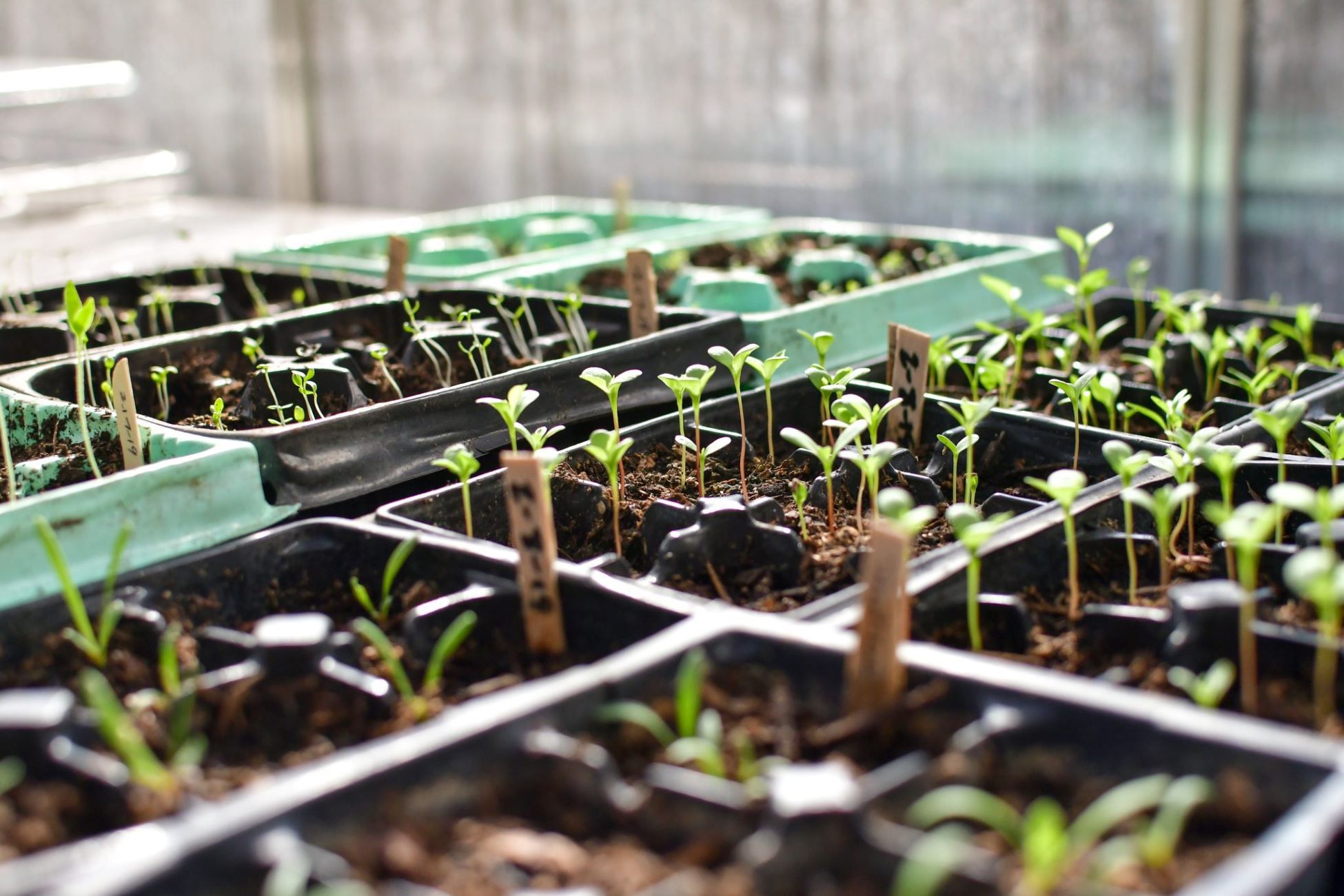
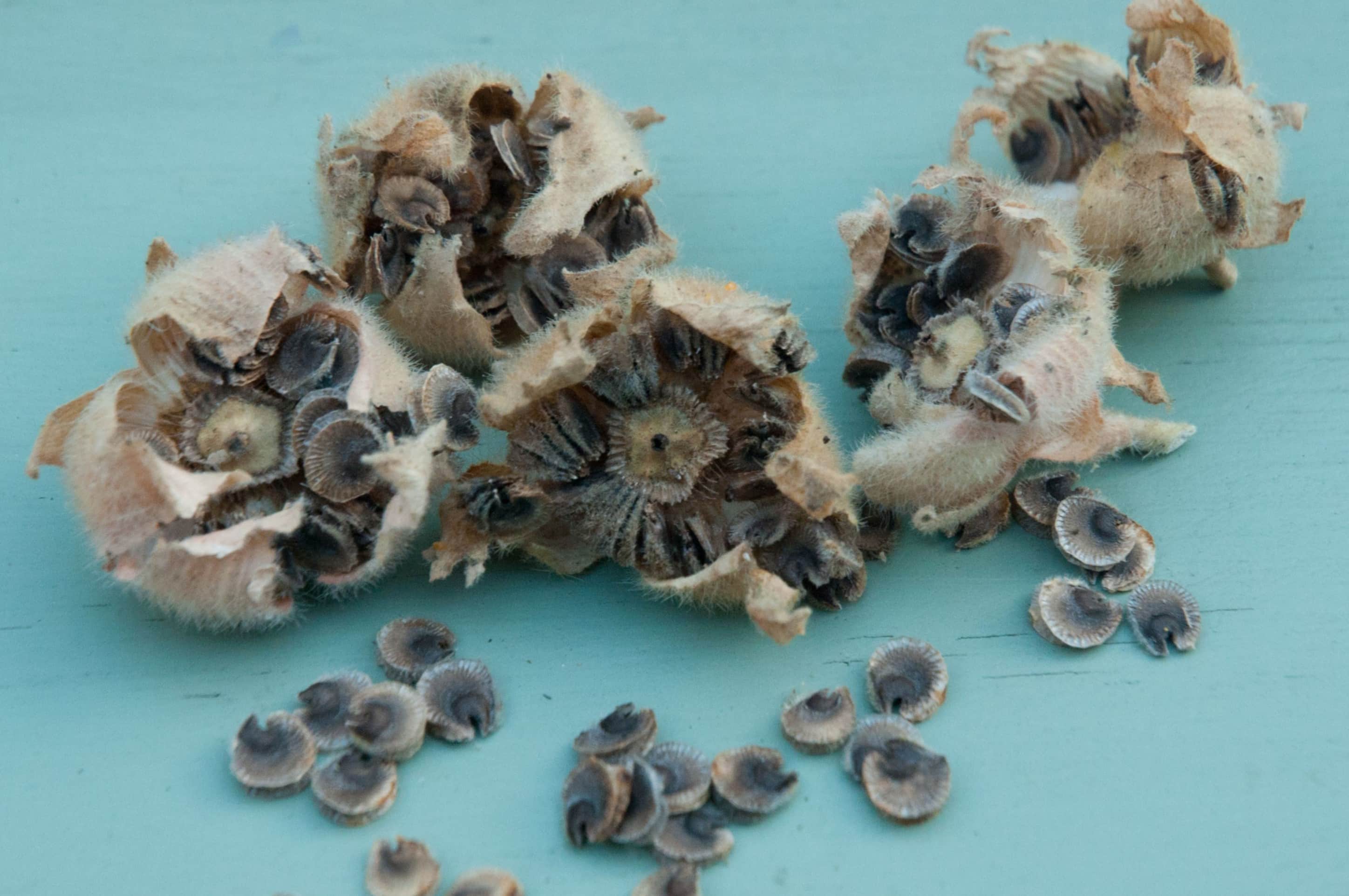
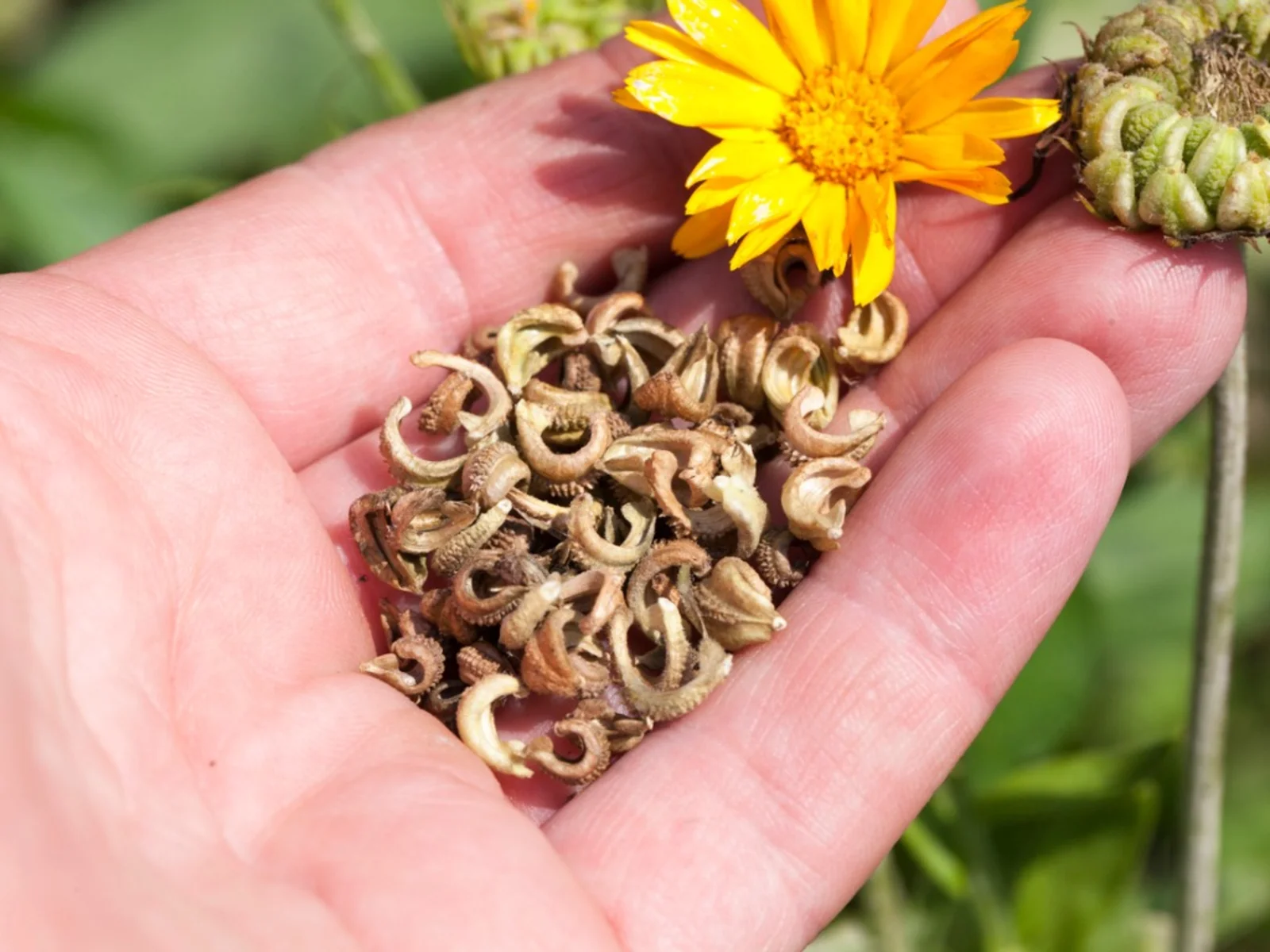
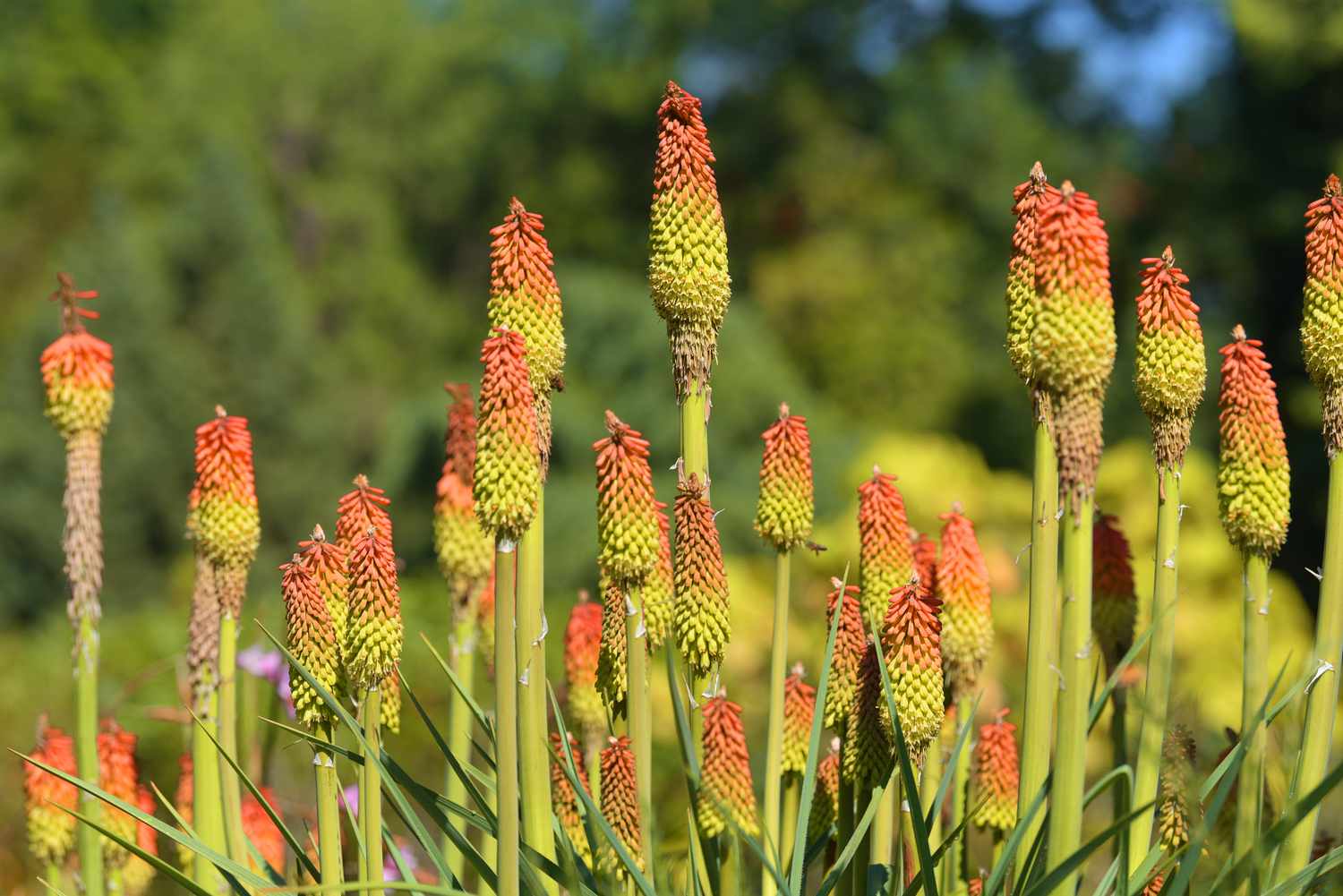

0 thoughts on “When To Plant Purple Coneflower Seeds”